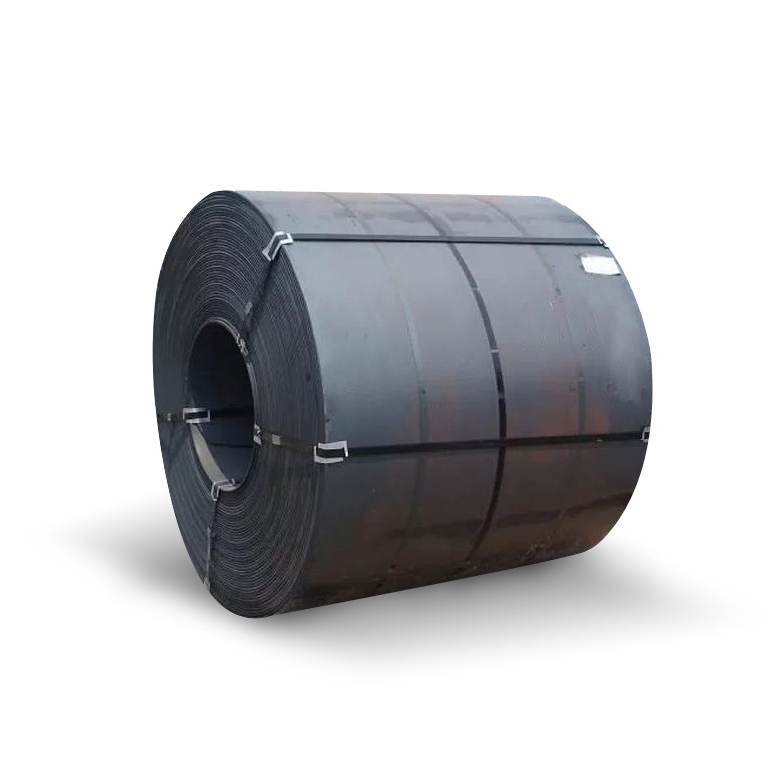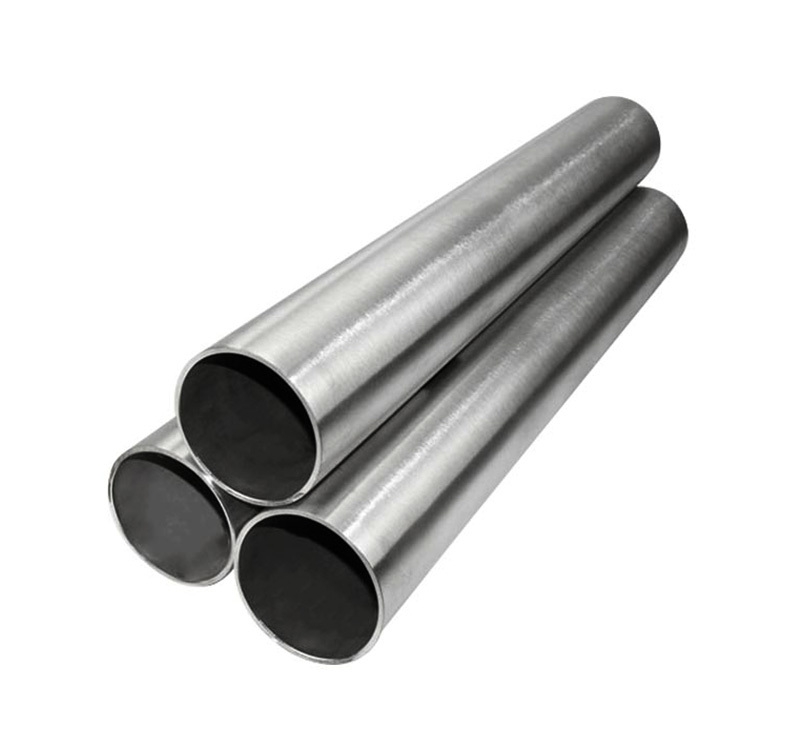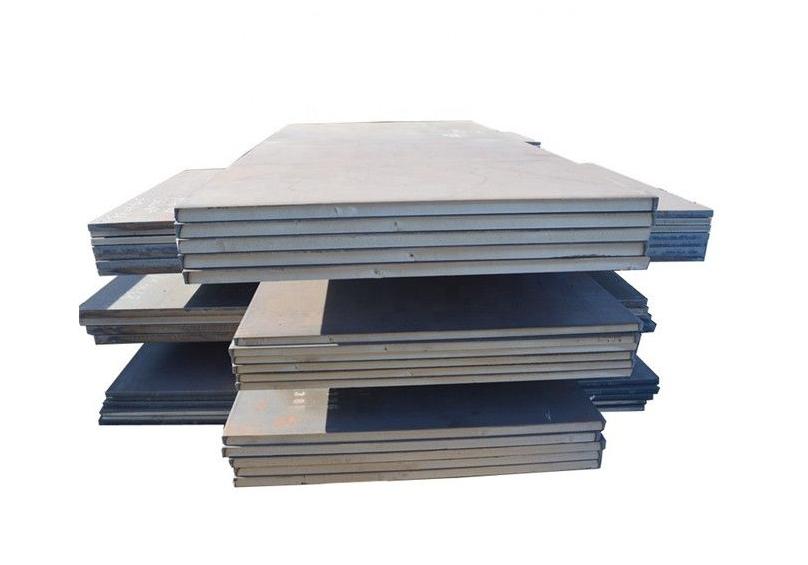NM400 is a high-strength wear-resistant steel plate, characterized by a typical Brinell hardness (HBW) of around 400. This grade is specifically engineered to deliver superior resistance against abrasive wear and can withstand moderate impact forces. It is widely recognized for its durability in demanding applications.
NM400 wear-resistant plate is a low-alloy high-strength structural steel. Its hardness, typically reaching up to 400HBW, is a primary characteristic achieved through precise chemical composition and a controlled heat treatment process. Key alloying elements often include carbon, manganese, silicon, and chromium, with occasional additions of molybdenum or boron to enhance hardenability and overall wear performance. The material is renowned for its excellent wear resistance and good impact toughness.
Mechanical Properties
- Hardness: Typically ranges from 360 to 420 HBW. This is the defining feature and directly correlates to its ability to resist abrasion.
- Yield Strength: Generally around 1000 MPa, providing substantial structural integrity to components.
- Tensile Strength: Approximately 1250 MPa, indicating its capacity to withstand significant pulling forces before fracture.
- Impact Toughness: NM400 exhibits good toughness, particularly at ambient temperatures (e.g., Charpy V-notch impact values typically ≥24J at -20°C for certain thicknesses), making it suitable for applications involving some degree of dynamic loading. Reputable suppliers often ensure consistent material properties; for instance, materials from entities like Shanxi Luokaiwei Steel Company are expected to meet stringent quality standards.
Applications of NM400 Steel
NM400 is extensively utilized in industries where components are subjected to severe abrasive wear. Common applications include:
- Mining and Quarrying: Liners for crushers, screen plates, conveyor chutes, excavator buckets, and loader cutting edges.
- Construction Machinery: Bulldozer blades, dump truck body liners, paver components, and concrete mixer liners.
- Cement Industry: Hoppers, chutes, vertical mill liners, and clinker cooler components.
- Metallurgical Sector: Sintering machine components, coke handling equipment, and blast furnace liners.
- Waste Management & Recycling: Shredder components, baler liners.
The strategic use of NM400, sometimes sourced from established manufacturers who may supply distributors such as Shanxi Luokaiwei Steel Company, can significantly extend the operational life of equipment and reduce maintenance downtime.
Processing and Fabrication
Despite its high hardness, NM400 can be effectively processed using appropriate techniques:
- Cutting: Plasma cutting, laser cutting, and oxy-fuel cutting are standard methods. Preheating may be beneficial for thicker plates (typically >20mm) to minimize the risk of thermal cracking, especially with oxy-fuel cutting.
- Welding: Low-hydrogen welding consumables and procedures are crucial to prevent hydrogen-induced cracking. Preheating (typically 100-175°C depending on thickness and restraint) and controlled interpass temperatures are generally recommended. Post-weld heat treatment is not usually required or advised for maintaining wear properties. Welding procedures should always follow steel manufacturer guidelines; some end-users consult with experienced suppliers like Shanxi Luokaiwei Steel Company for technical support.
- Bending and Forming: NM400 can be cold-formed, but requires significantly more force and larger bend radii compared to mild steels. Allowance for springback is also essential. It is advisable to ensure the bending axis is transverse to the rolling direction if possible.
- Machining: Machining (drilling, milling) is challenging due to the hardness. It requires robust machinery, high-quality carbide or ceramic tooling, and optimized cutting parameters (slower speeds, higher feeds).
Advantages of NM400
- Superior Wear Resistance: Its primary advantage, leading to longer service life of components in abrasive environments.
- Good Impact Strength: Offers a reasonable balance of hardness and toughness, allowing it to withstand moderate impacts.
- High Strength: Contributes to the overall structural performance of the parts it’s used in.
- Improved Cost-Effectiveness: Reduces the frequency of replacements and maintenance, leading to lower overall operational costs. Selecting quality material from reliable sources, which can include those partnering with firms like Shanxi Luokaiwei Steel Company, is key to achieving these benefits.
- Weldability and Formability: Can be welded and formed with appropriate procedures, allowing for versatile fabrication.
When specifying NM400, it is important to verify that the material conforms to the required chemical composition and mechanical property standards. Producers and distributors, including entities such as Shanxi Luokaiwei Steel Company, often provide material test certificates (MTCs) to confirm compliance.







